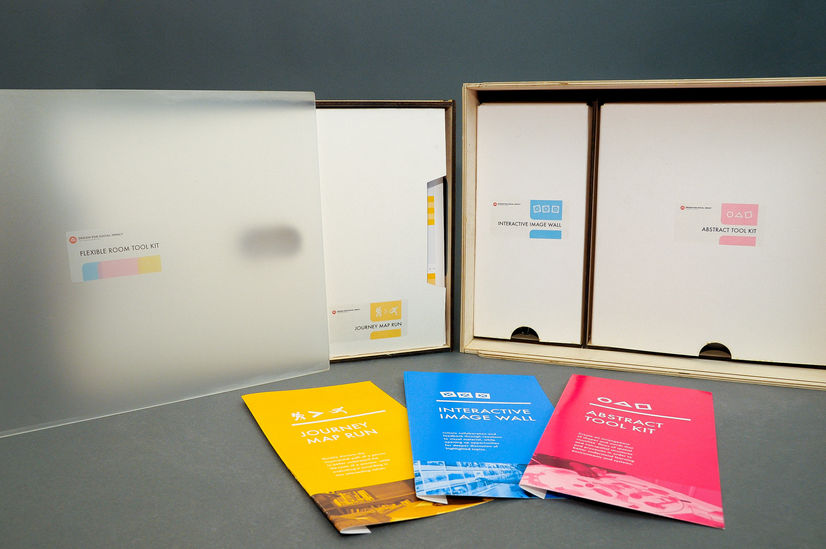
“PAI” High-School Education System Reform Project
Form /
Service
Role /
Researcher;
Consultant
Domain /
Education
Year /
2015
Senior teenagers spend most of their time studying on the school campus. Now there is a new perspective helps them learn more than from teachers' classes.

1. Where Is the Goal?
Designing a human-centered learning environment to achieve PAI’s (Philadelphia Academies, Inc.) goal is the aspect that our studio needs to be involved in. We not only need to set up a series of workshops with designated high schools to recognize what hinders learning effectiveness but also we are required to present our findings to one architecture company that cooperates with our project sponsor, Comcast Corporation. The latter will consider our works as the design principle integrating into a new classroom construction blueprint. This is a great opportunity to verify our service values; at meanwhile, there will be an unprecedented challenge when we are facing and coordinating with multiple stakeholders at one time.
Abraham Lincoln High School in Northeast Philadelphia region is our team’s target. We have 8 weeks to work with these high school students and faculty and deliver the insights. Our original schedule is arranging 4 to 5 times workshops to get the answer.

The stakeholder map shows our studio as the research group facing to multiple influences.
2.1. How to Icebreak?
At the first time meeting, we brought a giant roll of paper fully filled with pictures that showed the variety of living environments. Students had 8 minutes to like or dislike the content of pictures by using color coded stickers and then chatted with each other about those who were most voted. As part of the icebreaker, they were also encouraged to share every scene in school and leave comments on social media platforms. We synthesize those feedback and understand some opinions about what is missing or what they want in the school and what is the deeper problem neutralizing students’ learning passion. Thus, we wonder what is happening during a typical day for these students.

2.2. What is "THE" Problem?
We prepared a sheet table, called the “Journey Running Map,” for the next workshop to collect this information. Participants were required to map out their daily course schedule in terms of mood and focus changing in each period. To learn these details can help us understand what lowers study efficiency. For example, we notice some of the students really like taking biology classes, but they want to study subjects in small group form so they could have more chances to operate experiments.

2.3. Get Ready for the Answers!
Verifying our findings is also necessary before we start providing a solution. We wrote down these findings on the back side of the subject name card and asked students to guess in which class the issue we were describing.

In the final workshop, we decide to utilize the idea of participant design to establish a desktop game, for guiding students to design a new spatial arrangement that is helpful for their study.

Following the questions, students use a desktop game to create space arrangements.
This game includes a package of different shapes, colored paper, and a blank round pad that represents a hypothetical learning space. The colorful shapes supplemented with word stickers provide semantic meaning that students can understand and utilize. Based on the problem we have identified, players have 15 minutes to propose their solutions.
The conclusion of this research is that students need flexible arrangements in the classroom to suit variable course requirements. We also presented it to their teachers to help them understand how the arrangement difference would impact the learning process.

3. Explore Tools' Value
A box of research tools, meanwhile, is extracted from this project. We hope our process can be duplicated and flexible enough to fit other similar missions. It has three modules:
The first one includes several pieces of rope with hanging hooks. The researcher hangs up inspiring materials for discussion and opens up opportunities for the next step. The second one, called “Journey Map,” discovers one’s experiential path to understand the ins and outs of the process better, and evaluates it according to two related values. The third one is the desktop game we just mentioned. Players create an arrangement of shapes and words and visualize spatial or non-spatial flows in order to grasp the whole running system better.

Each package contains one research tool. Users can group them based on purpose.
We also provide instructors. They are all wrapped up in one big box for delivery.



